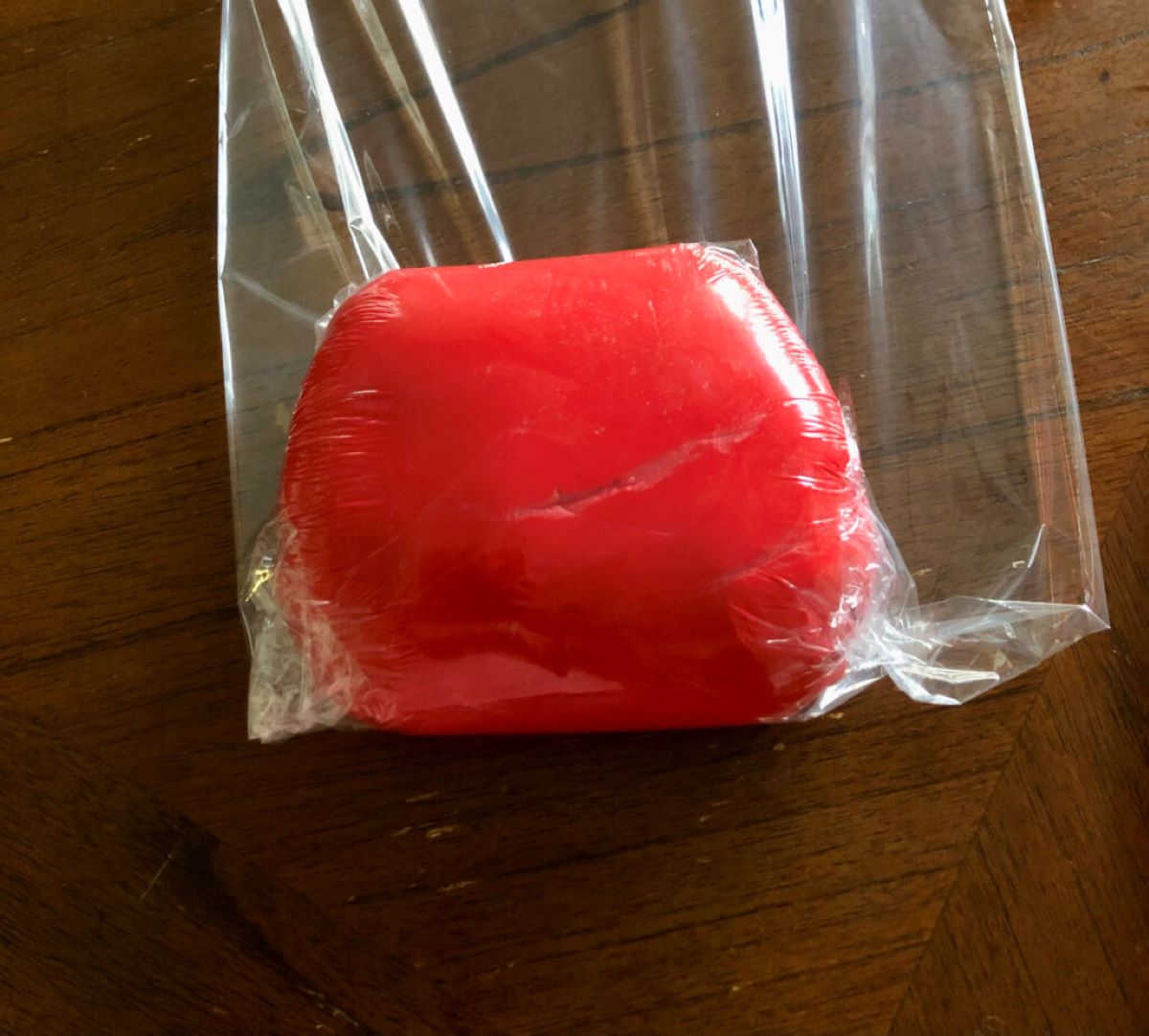

Articles
How To Store Leftover Fondant
Modified: January 6, 2024
Learn how to store leftover fondant with these helpful articles. Keep your unused fondant fresh and ready for your next cake decorating project.
(Many of the links in this article redirect to a specific reviewed product. Your purchase of these products through affiliate links helps to generate commission for Storables.com, at no extra cost. Learn more)
Introduction
When it comes to cake decorating, fondant is a popular choice for creating beautiful and intricate designs. However, after finishing a project, you may find yourself left with leftover fondant that you don’t want to go to waste. Luckily, there are simple steps you can follow to store your leftover fondant properly, ensuring its freshness and usability for future creations.
In this article, we will guide you through the process of storing leftover fondant, from gathering the necessary materials to using the stored fondant effectively. Whether you’re a professional baker or an avid home baker, these tips will help you make the most out of your leftover fondant and save you both time and money in the long run.
Key Takeaways:
- Properly storing leftover fondant is crucial for preserving its freshness and usability. Gather the right materials, prepare, wrap, and store the fondant in a cool, dry place to ensure it remains in excellent condition for future cake decorating projects.
- When storing leftover fondant, ensure it is clean, divided into smaller portions, and wrapped tightly to prevent drying out or absorbing unwanted flavors. Store it in a cool, dry place, and follow specific steps to revive its pliability when ready to use.
Read more: How To Store Fondant
Step 1: Gather the necessary materials
- Plastic wrap or airtight container
- Ziplock bags
- Wax paper or parchment paper
Before you begin storing your leftover fondant, it’s essential to have the right materials on hand. These materials will help protect the fondant from drying out or absorbing any unwanted flavors. Here’s what you’ll need:
1. Plastic wrap or airtight container: Plastic wrap is a convenient option for wrapping and covering the fondant portions, ensuring they stay fresh. If you prefer to use a container, choose an airtight one that will keep out air and moisture.
2. Ziplock bags: Ziplock bags are an excellent alternative for storing smaller portions of leftover fondant. They provide an additional layer of protection and prevent any exposure to air, which could dry out the fondant.
3. Wax paper or parchment paper: Wax paper or parchment paper is handy for separating and layering the wrapped fondant portions. It prevents them from sticking to each other and makes it easier to handle when storing or retrieving.
Gathering these materials beforehand will streamline the process and ensure that your leftover fondant remains in optimal condition for future use.
Step 2: Preparing the leftover fondant for storage
Before you wrap and store your leftover fondant, it’s crucial to prepare it properly to ensure its longevity and quality. Here are the steps to follow:
1. Ensure that the fondant is clean and free from any debris or crumbs: Before storing the fondant, make sure it is clean and doesn’t have any crumbs or other particles on its surface. If needed, gently wipe the fondant to remove any remnants from the previous use.
2. If the fondant has been kneaded or colored, separate it into smaller portions for easier storage: If you have leftover fondant that has been colored or kneaded, it’s a good idea to divide it into smaller portions. This will make it easier to manage and reuse only the amount you need for future projects.
3. Flatten each portion of fondant into a disc shape: Take each portion of fondant and gently flatten it into a disc shape. This will help ensure uniformity and prevent any air pockets from forming when wrapping the fondant.
By following these preparation steps, you’ll ensure that your leftover fondant is ready for storage and remains in good condition until you’re ready to use it again.
Step 3: Wrapping the fondant for storage
Once you have prepared the leftover fondant, the next step is to wrap it properly for storage. The way you wrap the fondant will play a crucial role in keeping it fresh and preventing drying or contamination. Here’s how to do it:
1. Wrap each portion of fondant tightly in plastic wrap: Take each portion of fondant and wrap it tightly in plastic wrap. Make sure to cover the entire surface of the fondant to protect it from drying out or absorbing any odors from the surroundings.
2. Place the wrapped fondant in a ziplock bag and remove any excess air before sealing it: After wrapping the fondant in plastic wrap, place it in a ziplock bag. Gently press the bag to remove any excess air before sealing it. This step helps create a sealed and airtight environment for the fondant.
3. Alternatively, you can place the wrapped fondant between wax paper or parchment paper: If you prefer not to use a ziplock bag, you can wrap the fondant in plastic wrap and then place it between layers of wax paper or parchment paper. This method provides added protection and makes it easier to separate the portions when needed.
Remember, the key is to wrap the fondant tightly and create a barrier that prevents air and moisture from reaching it. By following these wrapping techniques, you can ensure that your leftover fondant stays fresh and ready for future use.
Store leftover fondant in an airtight container at room temperature, away from direct sunlight and moisture. If the fondant becomes hard, microwave it for a few seconds to soften before using.
Step 4: Storing the fondant
Proper storage is crucial to maintain the quality and freshness of your leftover fondant. Follow these steps to ensure that your fondant remains in good condition for future use:
1. Store the wrapped fondant in a cool, dry place away from direct sunlight or excessive heat: Find a cool and dry area in your kitchen or pantry to store the wrapped fondant. Avoid exposing it to direct sunlight or placing it near sources of heat, as this can cause the fondant to melt or become too soft.
2. Avoid storing the fondant in the refrigerator or freezer, as it can cause condensation and affect the texture: Although it may seem tempting to refrigerate or freeze the leftover fondant to prolong its shelf life, it is not recommended. The moisture in the refrigerator or freezer can lead to condensation on the fondant’s surface, resulting in a sticky texture and potential damage to any decorations or designs.
3. Check on the fondant periodically to ensure it remains in good condition: It’s important to regularly inspect the stored fondant to ensure that it is still in good condition. Check for any signs of drying or changes in texture. If you notice any issues, such as drying or hardening, you may need to take measures to revive or soften the fondant before using it.
By following these storage guidelines, you can maintain the quality and usability of your leftover fondant, ensuring that it is in excellent condition when you need it for future cake decorating projects.
Read more: How To Store Cake With Fondant
Step 5: Using the stored fondant
When the time comes to use your stored fondant, follow these steps to ensure that it is ready to be worked with:
1. When ready to use the stored fondant, allow it to come to room temperature before unwrapping: Take the wrapped fondant out of storage and let it sit at room temperature for some time. Allowing it to warm up naturally will make it easier to handle and work with.
2. Knead the fondant gently to restore its pliability: Once the fondant has reached room temperature, gently knead it to restore its smooth and pliable consistency. Work the fondant between your hands, applying gentle pressure, until it becomes soft and malleable once again.
3. If necessary, add a small amount of shortening or glycerin to soften the fondant if it has become too stiff: If you find that the fondant has become too stiff or dry, you can add a small amount of shortening (such as vegetable shortening) or glycerin to soften it. Start with a small quantity, and gradually incorporate it into the fondant, kneading until you achieve the desired texture.
These steps will ensure that your stored fondant is in optimal condition, ready to be rolled, shaped, and used for your cake decorating projects. Remember to work with the fondant on a clean and lightly dusted surface to prevent sticking.
With these simple steps, you can make the most out of your stored fondant and enjoy its fresh and pliable texture for your next cake decoration masterpiece.
Conclusion
Storing leftover fondant properly is essential for preserving its freshness and usability. By following the steps outlined in this article, you can ensure that your fondant remains in excellent condition for future cake decorating projects.
Remember to gather the necessary materials, including plastic wrap or airtight containers, ziplock bags, and wax paper or parchment paper. These materials will help protect the fondant from drying out or absorbing unwanted flavors.
Preparing the fondant involves ensuring it is clean and free from any debris, separating it into smaller portions if necessary, and flattening each portion into a disc shape. These steps make it easier to store and work with the fondant later on.
Proper wrapping is crucial to maintain the fondant’s freshness. Wrap each portion tightly in plastic wrap, place it in a ziplock bag removing excess air, or alternatively, place it between wax paper or parchment paper.
When storing the fondant, keep it in a cool, dry place away from direct sunlight or excessive heat. Avoid refrigerating or freezing the fondant, as it can cause condensation and affect the texture.
When you’re ready to use the stored fondant, allow it to come to room temperature, knead it gently to restore its pliability, and add a small amount of shortening or glycerin if needed to soften it.
By following these steps, you can prolong the shelf life of your leftover fondant and ensure that it is always ready to create beautiful and intricate cake decorations.
So, next time you have some leftover fondant, don’t let it go to waste. Store it properly using the techniques outlined in this article, and enjoy the convenience and cost-saving of having fresh fondant on hand for your next cake decorating adventure!
Frequently Asked Questions about How To Store Leftover Fondant
Was this page helpful?
At Storables.com, we guarantee accurate and reliable information. Our content, validated by Expert Board Contributors, is crafted following stringent Editorial Policies. We're committed to providing you with well-researched, expert-backed insights for all your informational needs.
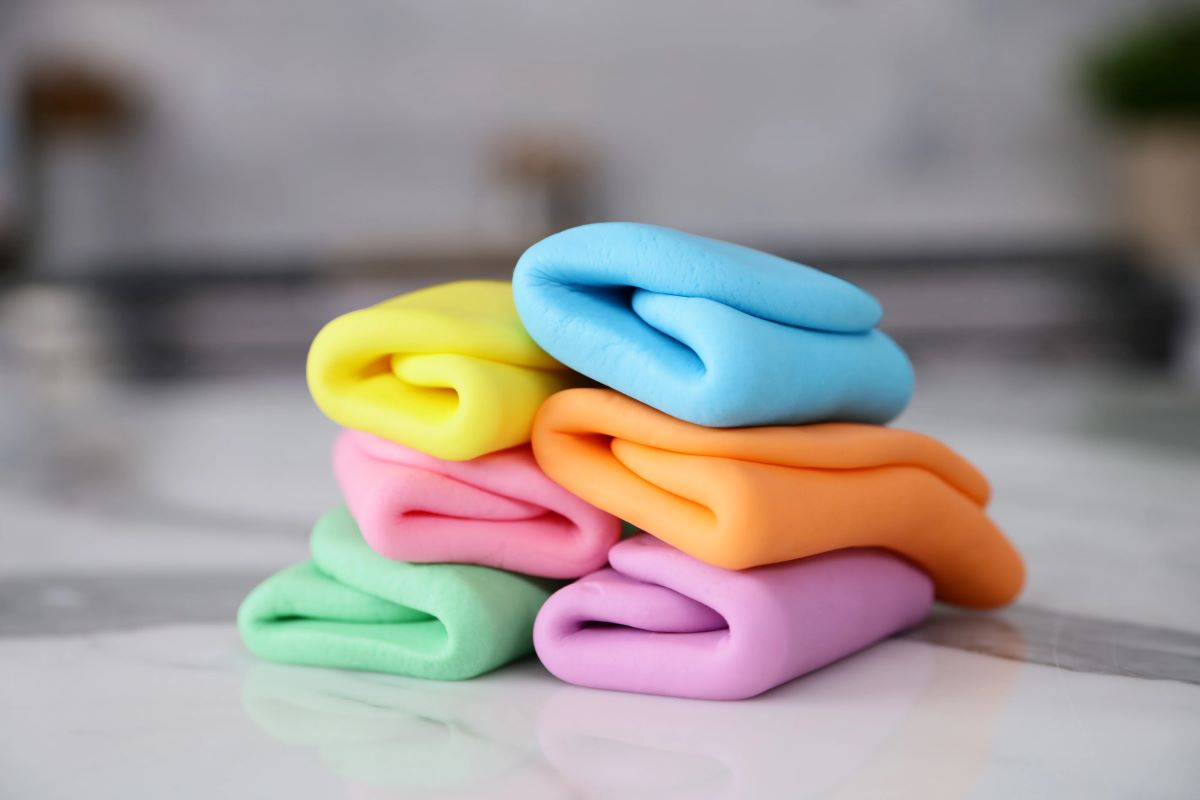
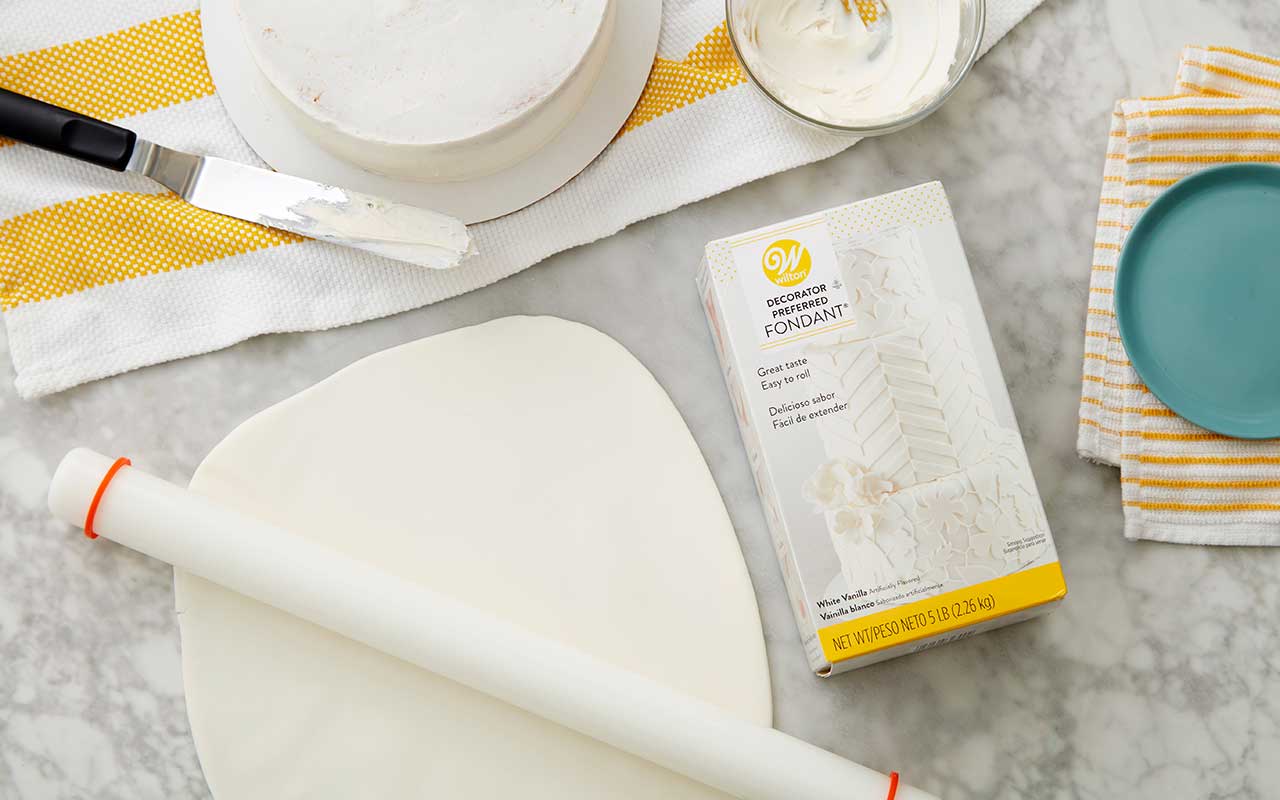
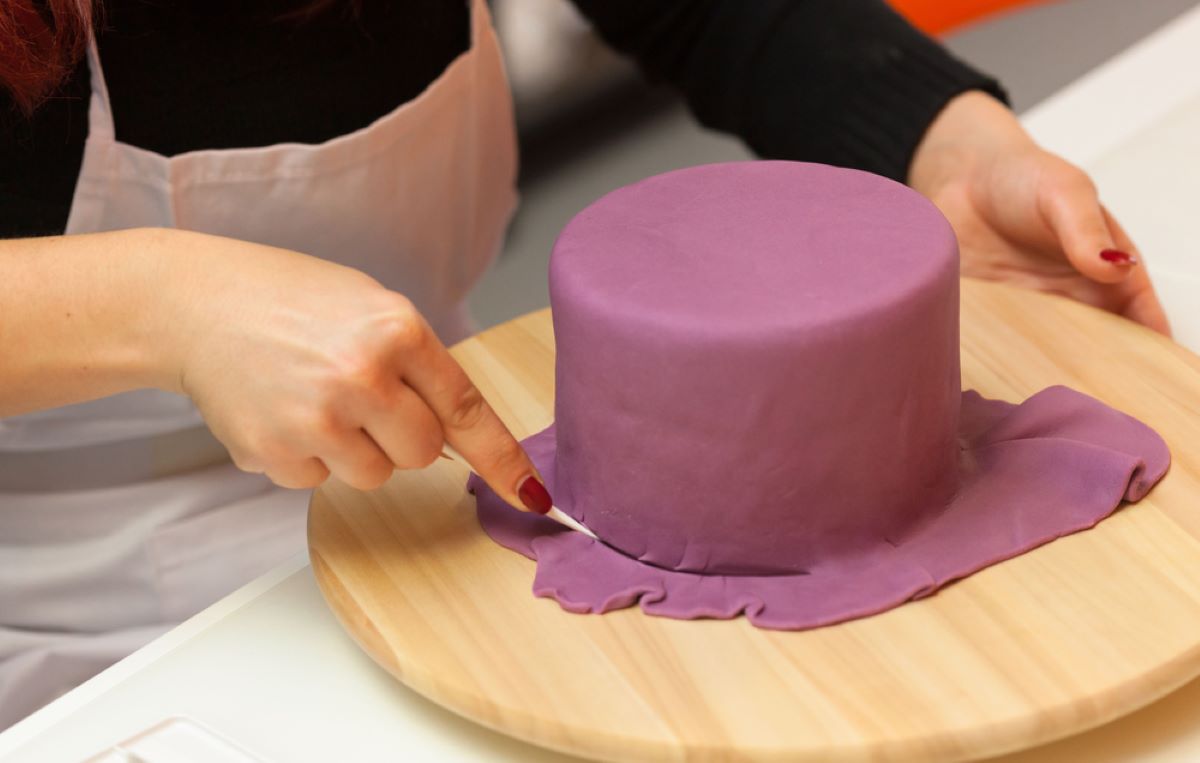


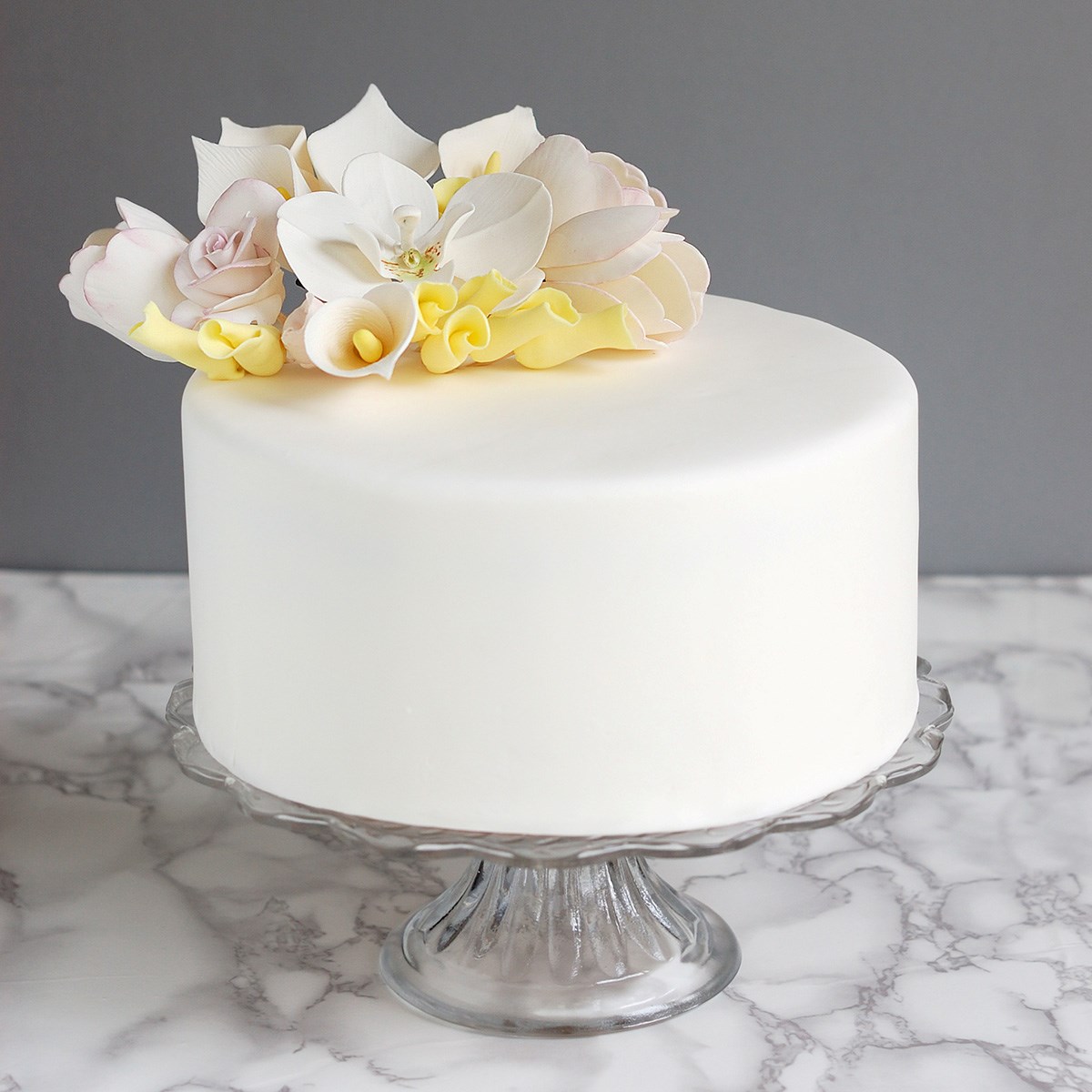
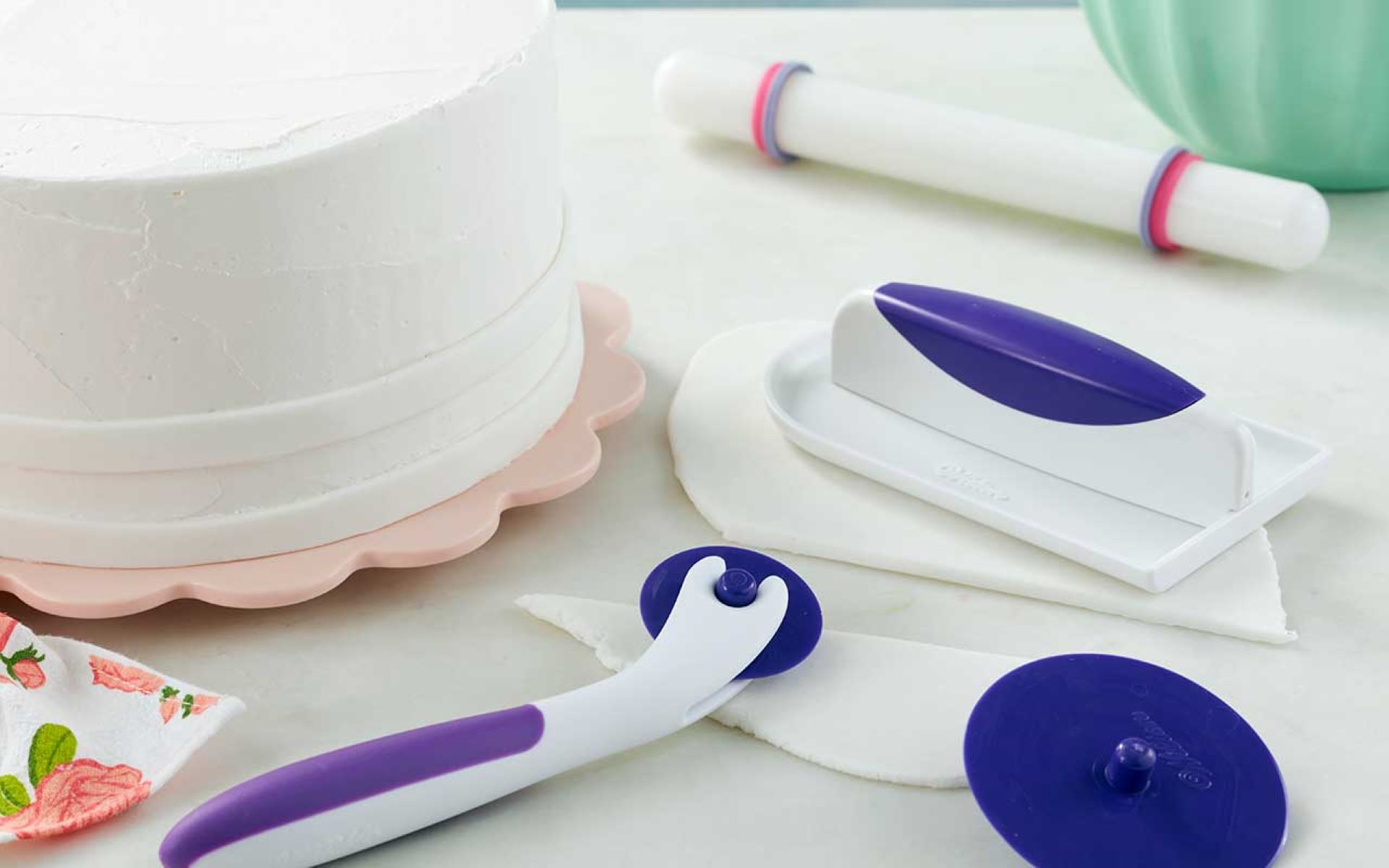
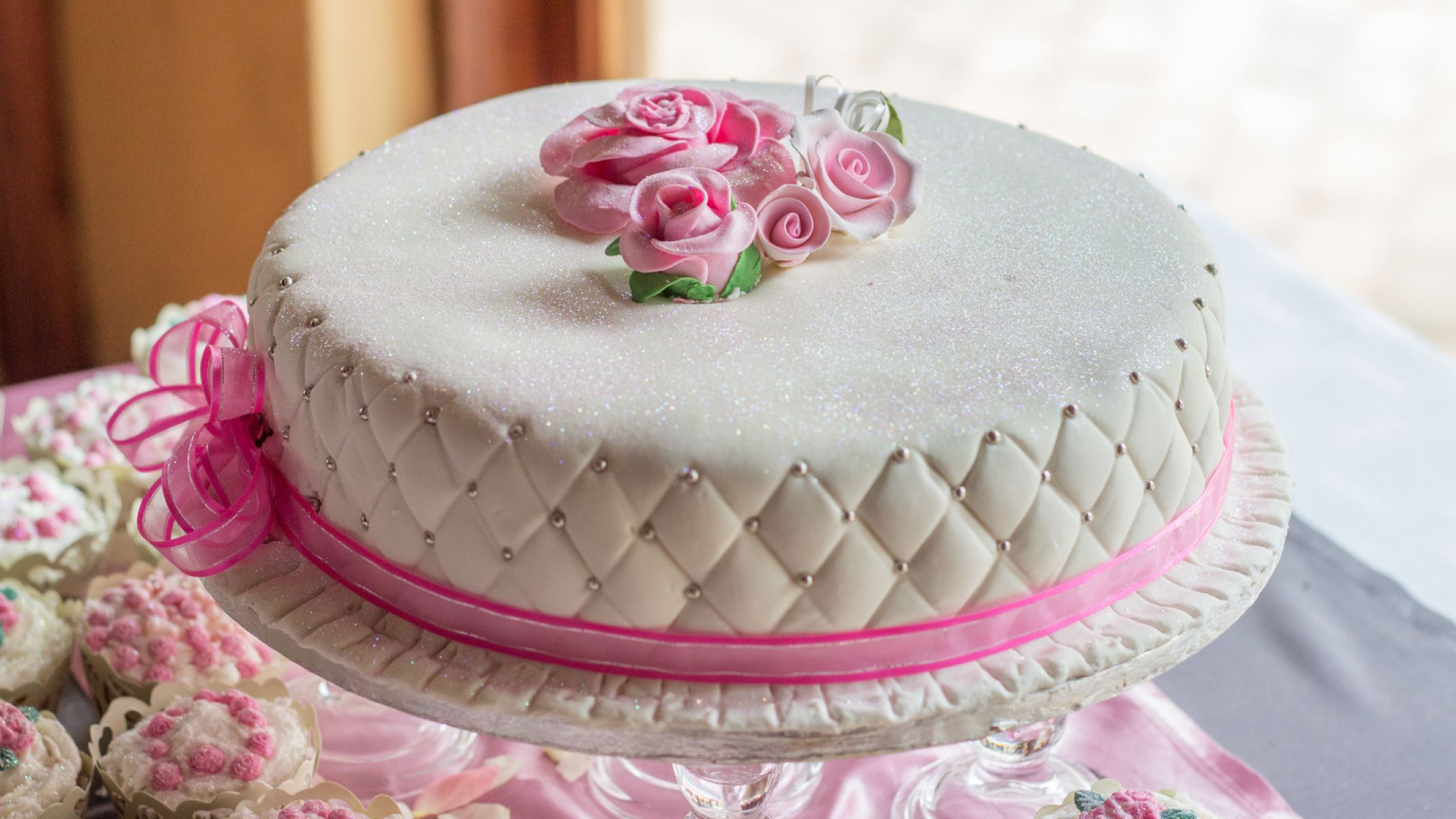
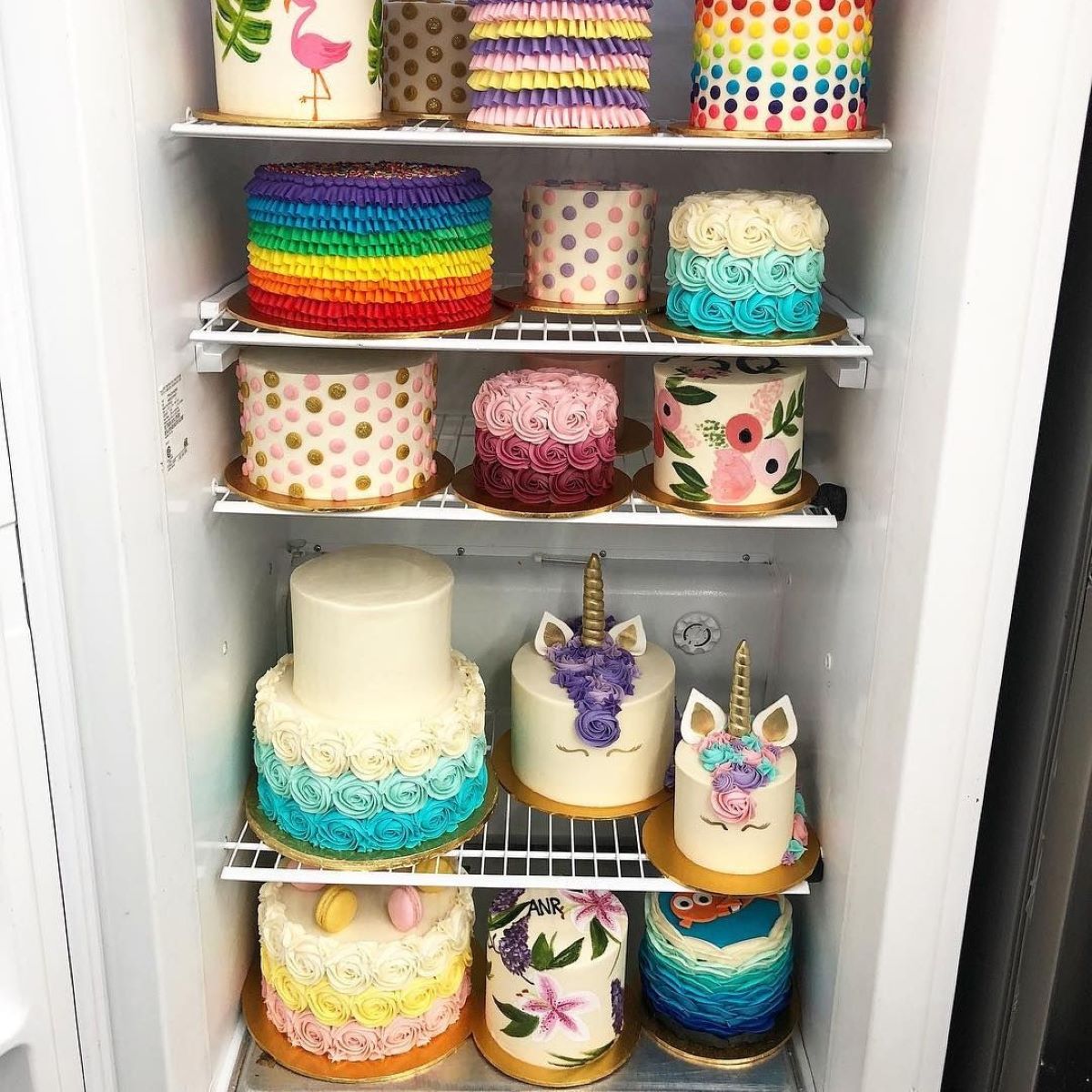
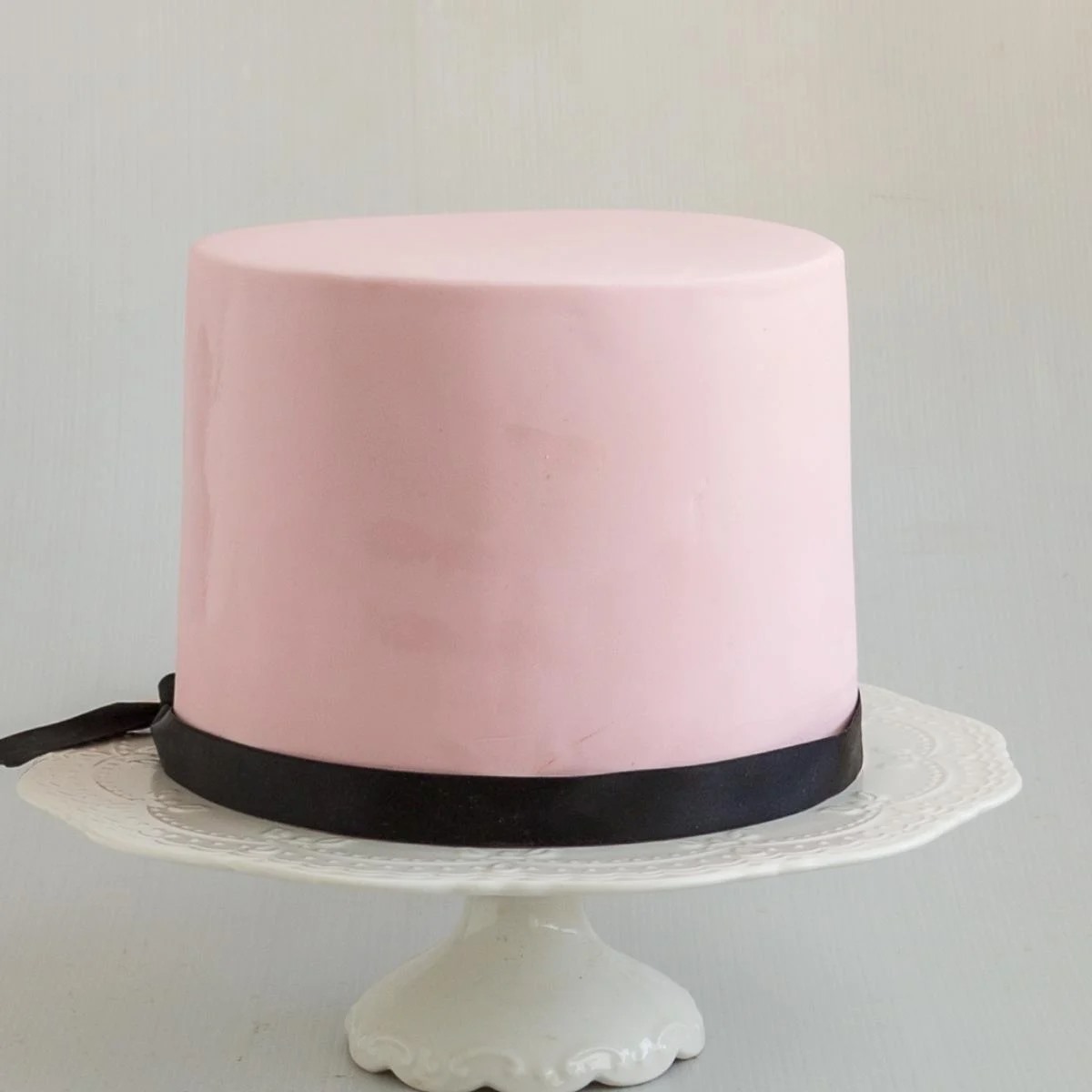
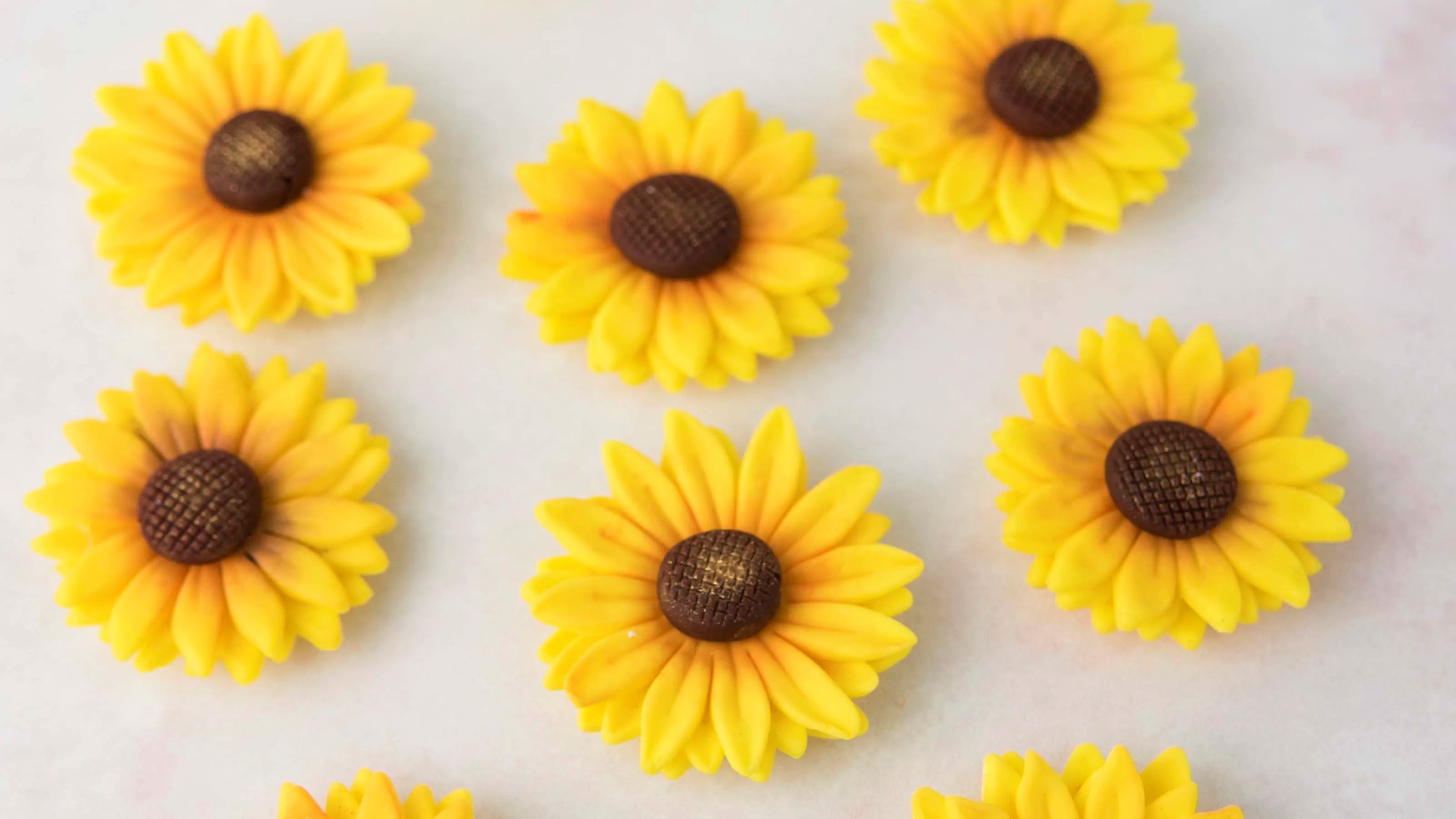
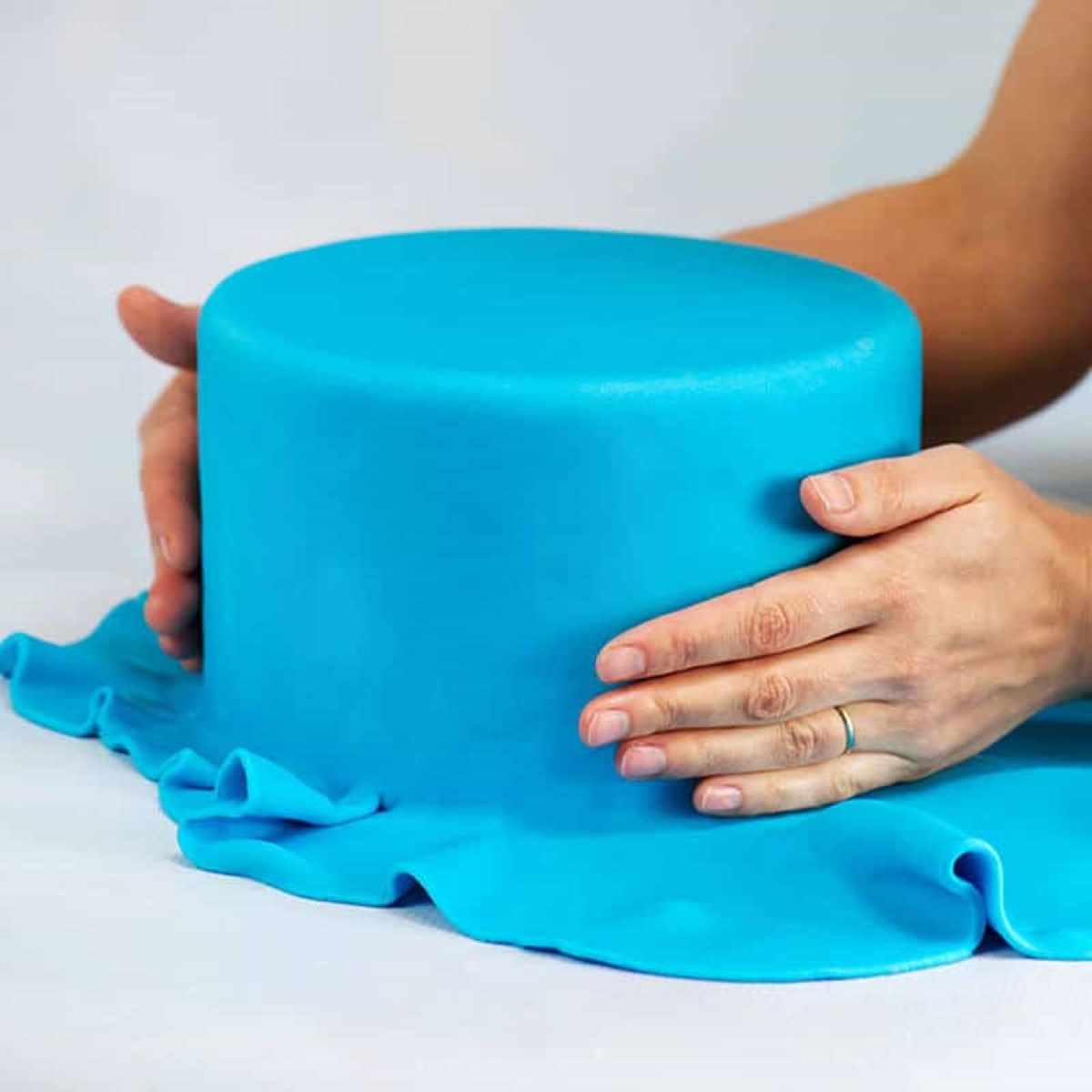
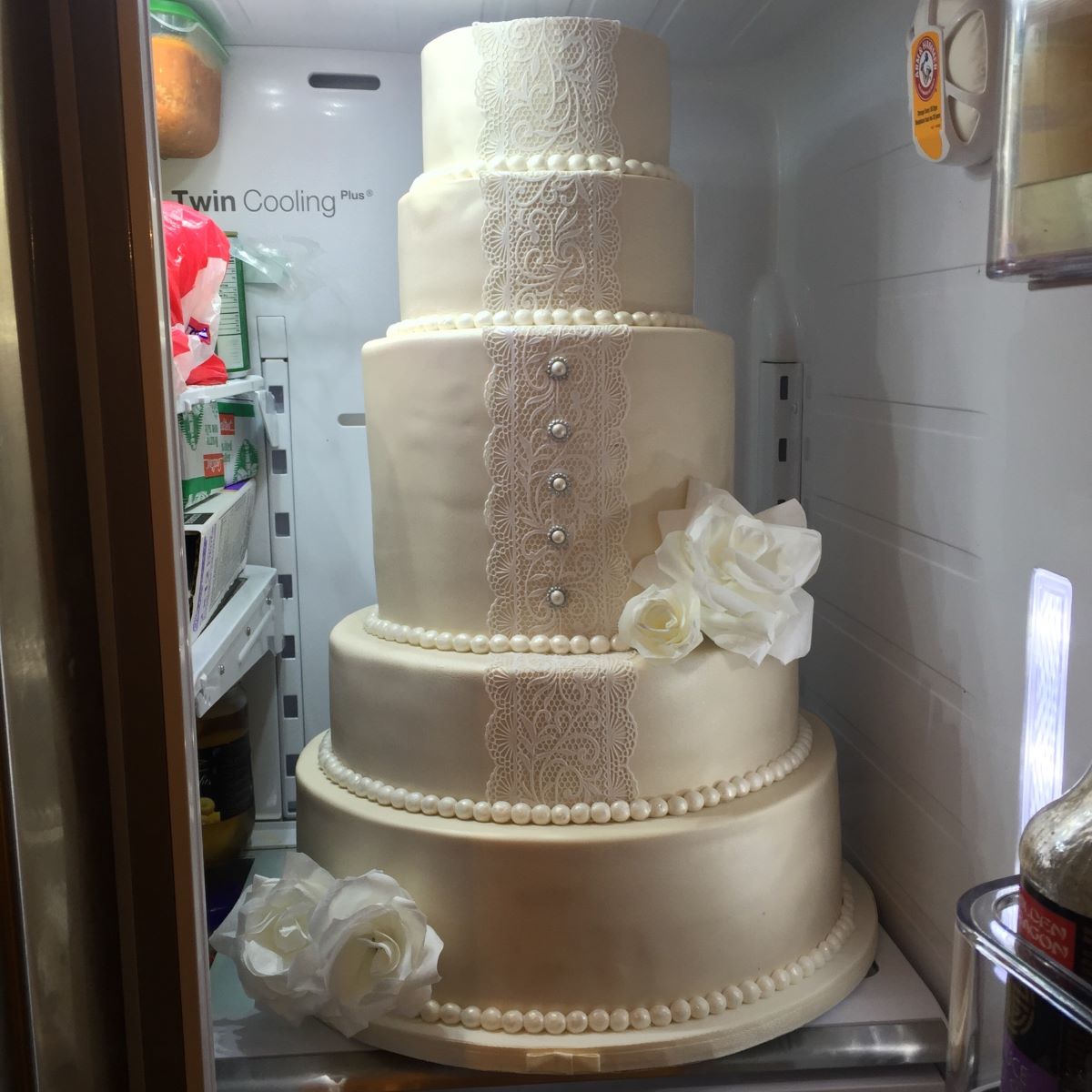
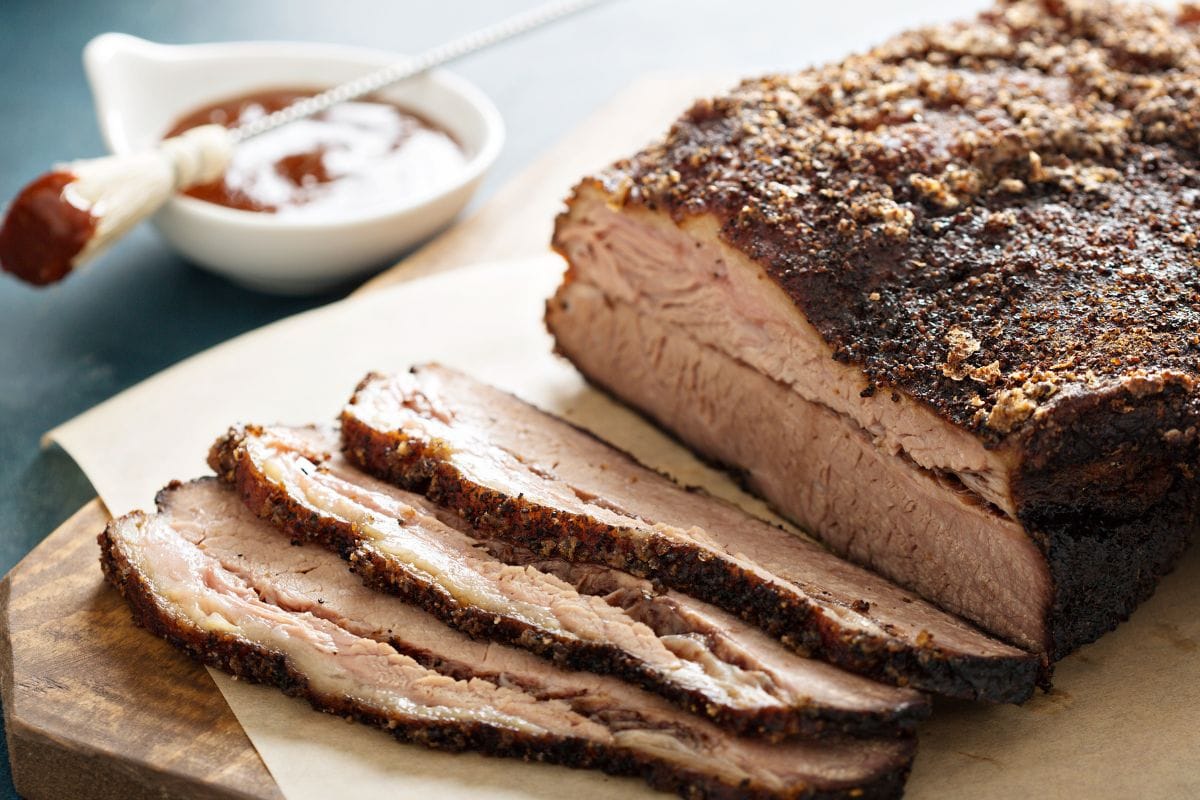

0 thoughts on “How To Store Leftover Fondant”